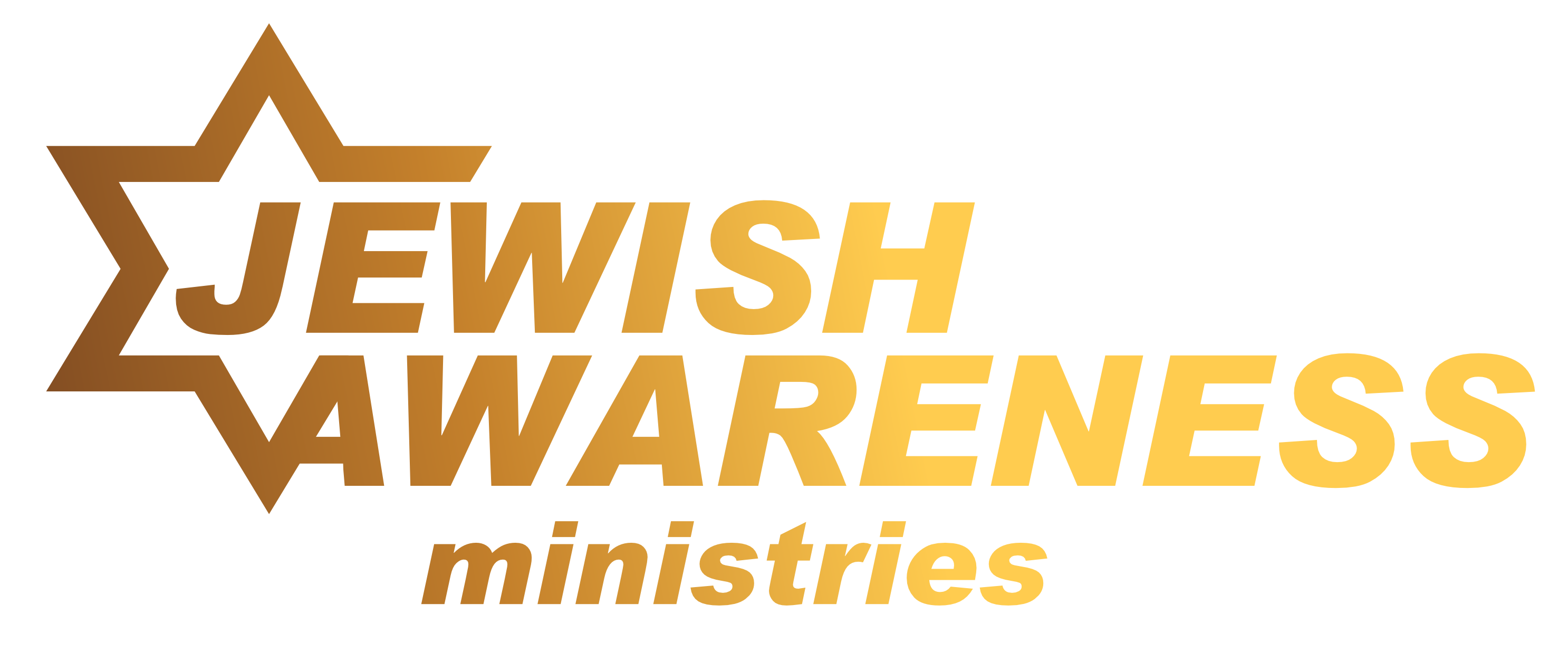by Arlene Berg
TU B’SHEVAT – pronounce “Tu” as “too,” and “Shevat” with a short “e” and “a.” The accent is on the “vat.”
TU B’SHEVAT is Hebrew for “the fifteenth of Shevat.” Shevat is the Jewish month comparable to January – February. It is celebrated on sunset Tuesday, January 30, 2018 and ends at sunset, Wednesday, January 31, 2018.
Tu B’Shevat is sometimes referred to as “Jewish Arbor Day,” but this minor holiday is really more than just a day for planting trees. The Talmud, the foremost Jewish commentary, says that the winter season in Israel, with its heavy rainfall, comes to an end on Tu B’Shevat, and the sap of the trees becomes active, generating new life for the trees. Thus, Tu B’Shevat is also known as “The New Year of the Trees.”
On Tu B’Shevat in Israel, schoolchildren plant an enormous amount of saplings. By the way, you can have a tree planted in Israel in honor or in memory of someone. Just contact your local Jewish National Fund, or the one closest to you, to have this done.
Those who celebrate Tu B’Shevat (in Israel and elsewhere) eat fruits that grow in Israel or are from Israel, such as figs, dates, pomegranates, grapes, raisins, almonds, oranges, and carobs. The carob is a fruit of Israel that is eaten on Tu B’Shevat (around the world) and generally only on Tu B’Shevat. The carob is also known as “St. John’s Bread.” Jewish scholars have suggested that some of the early Christian commentators translated the Greek word for “locusts” (what John the Baptist ate in the wilderness and which are kosher-Lev. 11:22!) as “carobs!” While eating these fruits, Psalm 104, which describes God’s greatness in nature, is read, along with the 15 “Songs of Ascents” (Psalms 120-134) which the ancient Israelites recited as they ascended to Jerusalem.
Religious Jewish people practice a special service modeled on the Passover Seder (“Seder” – “Order of Service”) which includes a meal with at least 15 types of fruit and four cups of wine. The Chassidim, or very religious, believe that Tu B’Shevat is the day on which God decides which trees will live and which will die.
Jewish tradition has much to say about the tree. The “Tree of Life” is a symbol for both God and the Torah, or Law. The Midrash, one of the Jewish commentaries, states that the first thing the Almighty became involved in, during the creation of the earth, was the planting of trees. Perhaps this is why Rabbi Johanan ben Zakkai (1st century C.E., or A.D.), one of the most famous spiritual leaders in Jewish history, made the following astounding, tragic statement. “If you hold a sapling in your hand, ready to plant it, and you are told, ‘The Messiah is here!’ – first plant the sapling, and then go forth to welcome him.”
There is one Tree, though, that is rejected in Judaism because of the One who was hanged upon it. “All we like sheep have gone astray; we have turned every one to his own way, and the LORD hath laid on him the iniquity of us all.” (Yesha’yahu, or Isaiah 53:6).
How we long for Jewish people to come to Yeshua HaMashiach, Jesus the Messiah, the One who bore their (and our!) “sins in his own body on the Tree.” (I Peter 2:24-New Covenant). Won’t you pray for many of these dear ones to come to Him and to “have right to tree of life, and may enter in through the gates into the city.” (heaven – Revelation 22:14-New Covenant).
